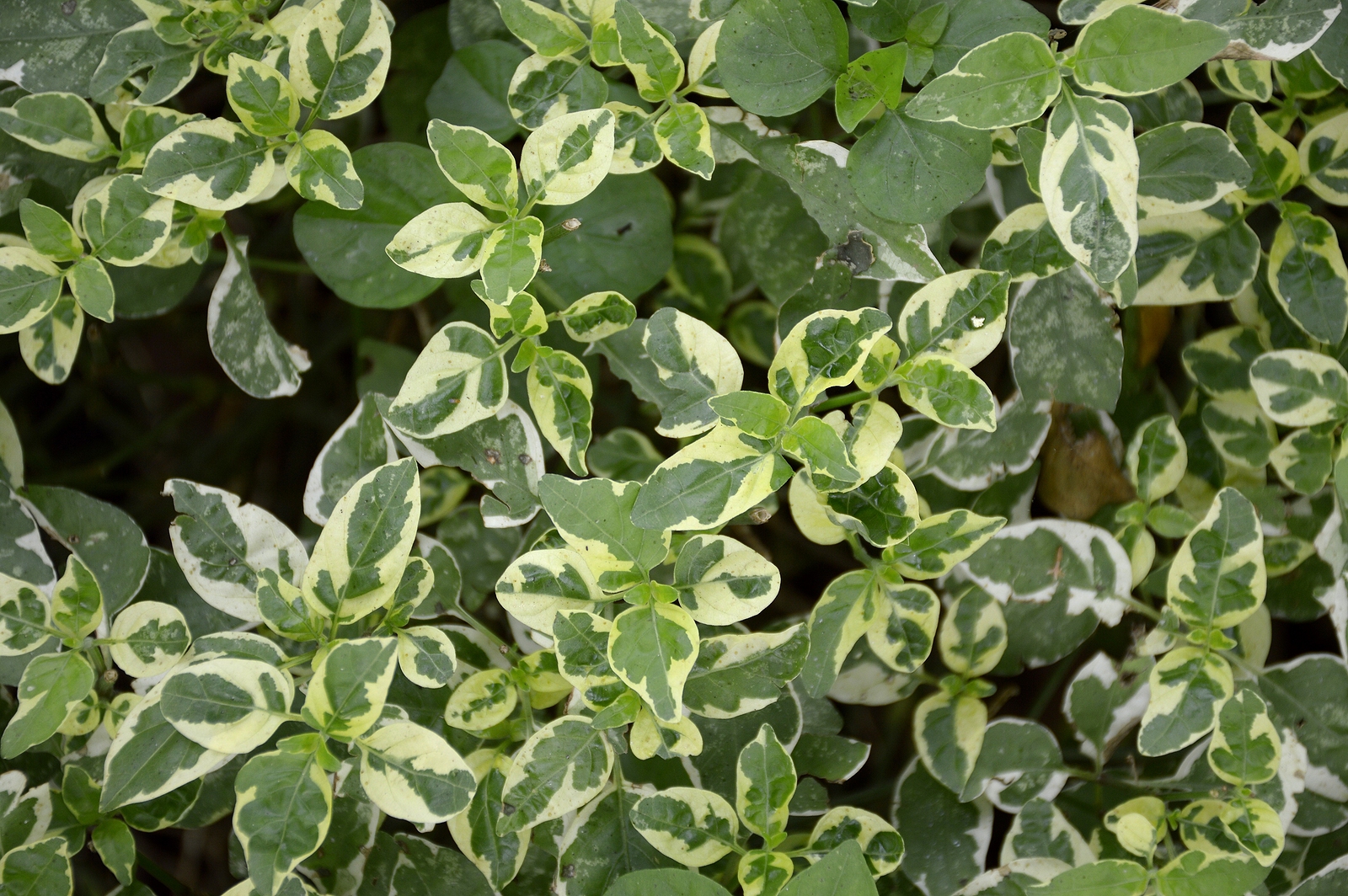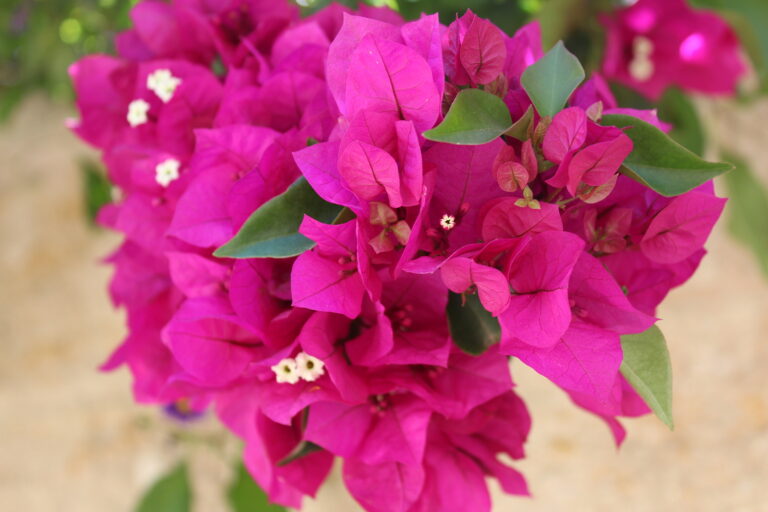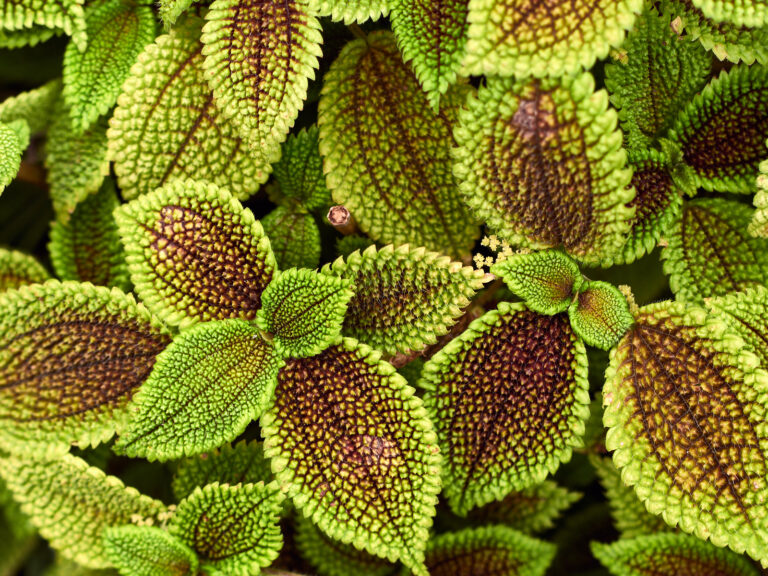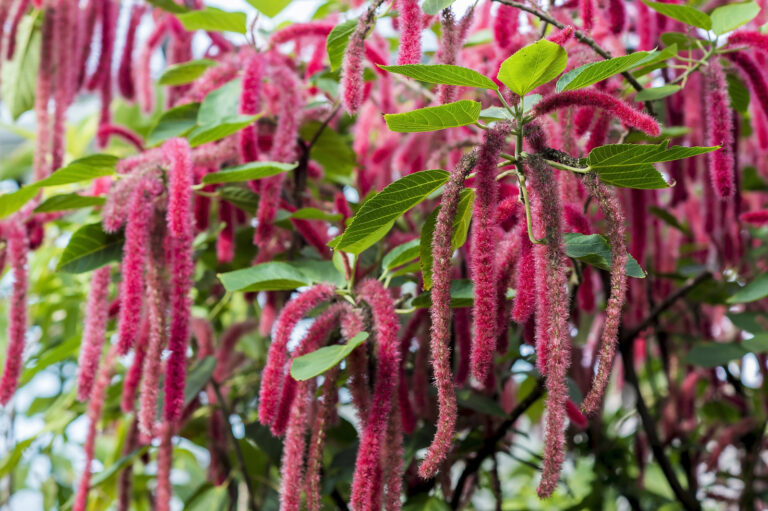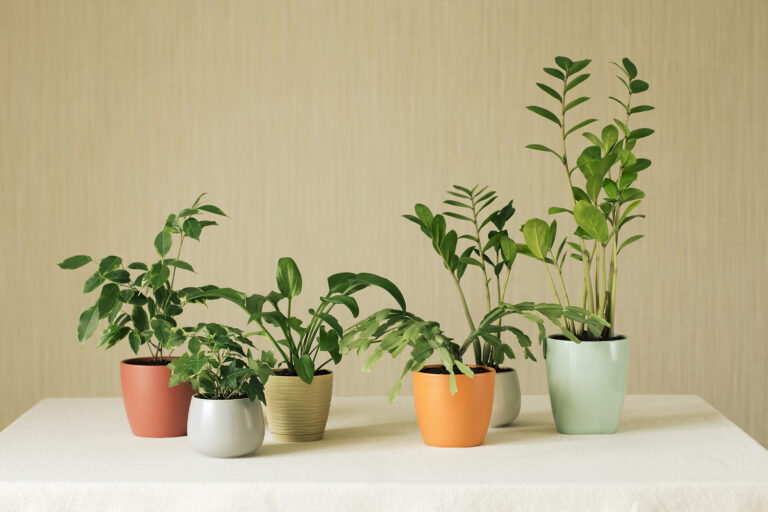How to Grow Devil’s Backbone — Pedilanthus
Pedilanthus–commonly called devil’s backbone–is an upright shrubby succulent with fleshy green stems that grow either straight or in a zigzag fashion. The leaves are oval and medium green and splashed with yellow or white.
Pedilanthus is often referred to as a cactus, but it is a succulent shrub. The stems of Pedilanthus often angle left, then right, in a zigzag fashion, thus the common name devil’s backbone or Jacob’s ladder.
In mild winter climate, Pedilanthus can be grown in a desert garden or shrub border. Where temperatures drop below 50°F (10°C), Pedilanthus should be grown as a houseplant.
Pedilanthus is a genus of about 14 species of bushy succulent shrubs. Peilanthus is native to rocky terrain in Mexico and Central and South America. Only one species, Pedilanthus tithymaloides, is grown as a houseplant.
Get to know Pedilanthus
- Plant type: Shrubby succulent
- Growing zones and range: Zone 11-12
- Hardiness: Tender
- Optimal growing temperature: day, 65° to 80°F (18° to 27°C); night, 50° to 70°F (10° to 21°C).
- Height and width: Grows 3 to 6 feet (0.9 to 1.8 m) tall and 3 feet (1m) wide with branching
- Flowers: Terminal cymes of flower-like tubular bract-cups
- Bloom time: Summer
- Uses: Desert garden, shrub border, houseplant
- Common name: Devil’s backbone, Jacob´s ladder, redbird cactus.
- Botanical name: Pedilanthus
- Family name: Euphorbiaceae
- Origin: Rocky terrain in Mexico and Central and South America
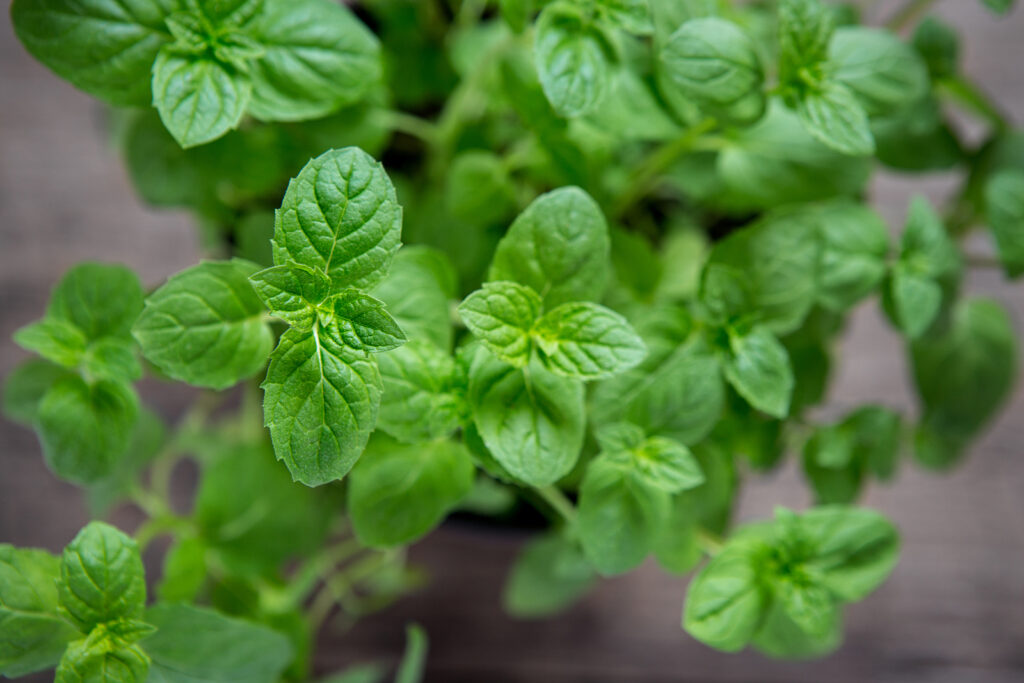
Where to plant Pedilanthus
- Light outdoors: Grow Pedilanthus in full sun or partial shade.
- Light indoors: Bright, filtered light from southern exposure. Does well under artificial light, needing 14 light-hours daily. Provide direct light.
- Soil outdoors: Grow Pedilanthus in moderately fertile, sharply drained soil.
- Soil indoors: Mix equal parts garden loam and coarse sand.
When to plant Pedilanthus
- Set containter grown Pedilanthus outdoors in spring or autumn in mild winter regions.
Planting and spacing Pedilanthus
- Space Pedilanthus 3 feet (1m) apart.
How to water and feed Pedilanthus
- Water: Allow the soil to dry between moderate watering; too much water can cause stem rot. Pedilanthus prefers humidity of 30% to 35%.
- Pedilanthus eaves drop if soil is allowed to dry completely.
- Feeding: Fertilize Pedilanthus monthly during growing season, with mild all-purpose fertilizer.
Pedilanthus care
- Pedilanthus will rest from fall to late winter, when leaves may drop. Keep the indoor temperature at 50°F (10°C), water sparingly, and withhold fertilizer. New leaves will form when growth resumes.
Growing Pedilanthus as a houseplant
- Provide Pedilanthus direct light, warm room temperature, and low humidity.
- Allow the soil to dry between waterings; too much water can cause stem rot.
- Fertilize Pedilanthus once a month during spring and summer.
Pedilanthus pests and diseases
- Check Pedilanthus for mealybugs, mites.
- Mildew and rot can result from overwatering.
Pedilanthus propagation
- By division or stem cutting. Let cutting dry several days before setting in rooting medium. Propagate from stem and cuttings. Avoid contact with the milky sap that runs from the cut end of a stem; the sap can cause skin irritations.
Pedilanthus varieties to grow
- Pedilanthus tithymaloides, devil’s backbone, Jacob’s ladder. Grows 3 to 6 feet (0.9 to 1.8 m) tall and 3 feet wide with branching, spineless stems; stems angle left, then right in a zig-zag pattern, with leathery leaves growing at the crook where the stem shifts direction; stems contain a milky liquid which is poisonous and may irritate the skin; fed flowers appear at stem tips from time to time. Cultivar ‘Variegatus’ grows to 2 feet tall; leaves are green and yellow and can be flushed with pink.

